Inflammation is a common and seemingly widespread health ailment that many people experience.
Most have either heard of or dealt with it, but what is inflammation? And how can we provide ourselves with solutions to help alleviate symptoms associated with it? More specifically, solutions that are beyond stereotypical pain killers (ibuprofen, aspirin, etc.) that aren’t particularly kind to our bodies?
This article will discuss inflammation, and give an introduction to four anti-inflammatory plants that can be cultivated on your homestead (or regularly purchased).
Let’s dive in!
What Is Inflammation and What Causes It?
Essentially, when your body is injured, or exposed to some sort of “offending agent” (viruses, bacteria, toxic chemicals), a natural immune response becomes activated. Your body basically sends out a team of “paramedics” to access the situation and do anything and everything to begin the healing process. These “paramedics” are white blood cells and cytokines (stimulators for more inflammatory cells like white blood cells).
Why Does Our Body React This Way?
The inflammatory response is an effort to trap bacteria or other foreign invaders, and in the case of injury, start healing injured tissues. The result can cause you to experience pain, swelling, bruising, or redness. However, it’s important to remember that inflammatory responses can also affect body systems you can’t see (think an upset stomach, bloating, chronic back pain, arthritis).
Why Would You Want to Reduce Inflammation?
In order to answer this question, we need to know just a wee bit more about inflammation. There are two main types: acute and chronic inflammation.
Acute inflammation can be understood as good because it protects the body. It provides all the functions above and is what people are typically more accustomed to experiencing.
Chronic inflammation, on the other hand, can be considered bad. It can trigger a long list of bodily ailments from arthritis to atherosclerosis. This response occurs when inflammation is stimulated too much and for too long a period. The immune system continuously pumps in white blood cells and cytokines, prolonging the healing process. It’s as if your body feels under constant attack and is constantly defending itself. There are numerous reasons for this happening, and many times it can be hard to identify the specific reason why.
Therefore, when trying to treat inflammation in the body, it’s important to recognize what kind of inflammatory response you’re experiencing. Acute inflammation is necessary and good for the body to heal. Chronic inflammation is what the anti-inflammatory plants listed below are intended to help.
Anti-Inflammatory Plants to Consider
Now that we have a basic foundation in inflammation, let’s dive into natural, plant-based solutions — and specifically, the ones you can grow for yourself on your homestead.
Tamarind (Tamarindus indica)
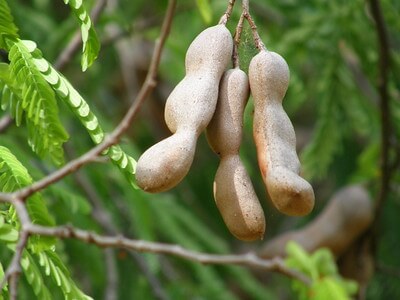
A tree native to tropical Africa, the tamarind tree is quite a beautiful tree in terms of physical attributes and growth habits. Tamarind produces a seed pod-like fruit that when fully ripe, has a hard brown exoskeleton you can easily crack open with light pressure from your fingers.
Inside you’ll find a sticky, plump, brown fruit. This fruit will be growing around the hard seeds, and is delicious with a unique, sweet and sour nutty (sometimes bitter) flavor. Tamarind fruit is often made into pastes for curry and other yummy recipes.
Tamarind fruit alone is a powerful anti-inflammatory, but the most potent part of this fruit is actually the seeds. Every fruit pod has between 1 and 5 seeds which can easily be extracted by simply eating the fruit whole, peeling back the fruit with your fingers, or soaking, mashing, and picking the seeds out of a paste you’ve created.
The seeds are hard as rocks. So how does one get nutritional benefit out of them? There’s a simple trick: Roast the seeds on a stovetop until lightly blackened on the outside. Roasting allows the hard casing on the seed to pop open with a bit of pressure. The inside contains a brown, sort of lopsided, square-shaped, seed.
Don’t be fooled, the seed is still hard. After roasting, you can boil the seeds until soft and make boiled peanuts with the tamarind, eat them as so, or make nut butter. You can also simply grind up the seeds with a food processor and add the powder to any recipe. My mom grinds up the entire seed — casing and all.
The seeds are said to be the most powerful anti-inflammatory on the planet, and a few a day can produce beautiful results. As far as taste goes, tamarind seeds taste a lot like the fleshy fruit but much nuttier, and reminiscent of peanut butter.
One last tidbit: How might you get a hold of tamarind? My first suggestion is to try growing it yourself. You can order seeds online, or you can obtain them through my second suggestion. Tamarind is typically found in grocery stores — especially international grocery stores. It may be found in the produce section or already dried and stored with dried fruits and veggies.
Turmeric (Curcuma longa)
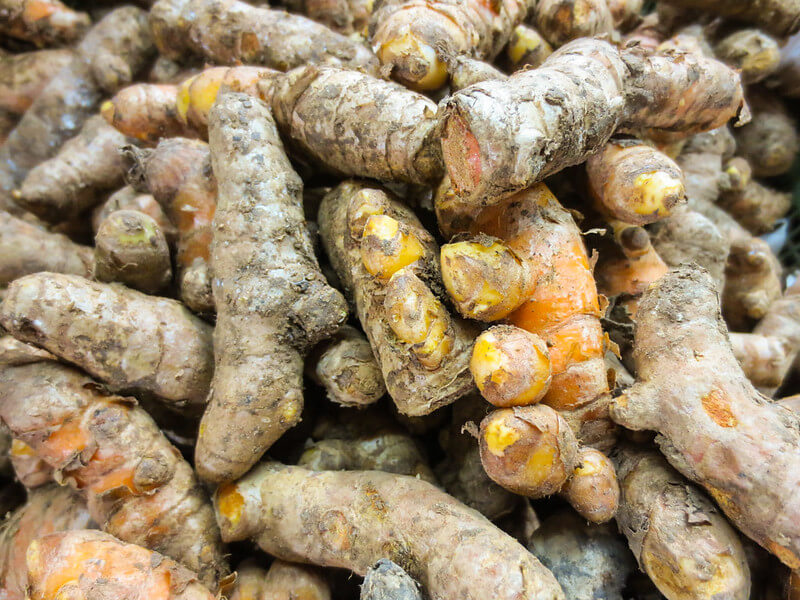
A more commonly known anti-inflammatory plant, turmeric is an herbaceous root native to central Asia. In the Americas, it tends to fare well in warm, shady areas with moisture. Oftentimes, turmeric and ginger are grown together, because they have similar growth needs. Growing tamarind on your homestead is an excellent choice for obtaining it, and quite a lovely one. The long green stalks and flowers this delicious root creates are very appealing.
Turmeric is sort of spicy and earthy, truly a unique, natural flavor that I very much like. You can often find it in spice form as after it is dried, it grinds down to a bright orange powder. Typically, this spice is beautifully mixed into curries. However, it is good on basically everything (and adds color), and the nutritional anti-inflammatory benefits are still available in this powdered form. You can likewise find turmeric root in fresh produce sections of grocery stores, and more often, in health food stores.
I have found that fresh turmeric root adds a savory flavor to oatmeal in the mornings. If you know you have a big day of strenuous physical activity, it can be a big jump start for your system to help with reducing inflammation throughout the day.
Devil’s Claw (Harpagophytum procumbens )
This herb is native to South Africa and contrary to its common name, a powerful medicinal plant used to alleviate inflammation. This plant is especially potent in helping alleviate the effects of inflammatory arthritis, and is generally used for this purpose (as well as general pain, headaches, and heartburn).
The medicinal part of this plant comes from its roots and tubers, whereas the name comes from the fruit. Devil’s claw fruit grows in a unique hook shape and is covered in small, claw-like hooks that have given it the cautioning, common name. The fruit has been used by native tribes and cooked very similarly to okra in the springtime.
If you’re interested in growing this plant, there are a few things you need to know. Devil’s claw prefers warm temperatures in sunny environments with well-drained soils. The best way to grow this plant is by seed which you can easily order online.
Stinging Nettle (Urtica dioica)
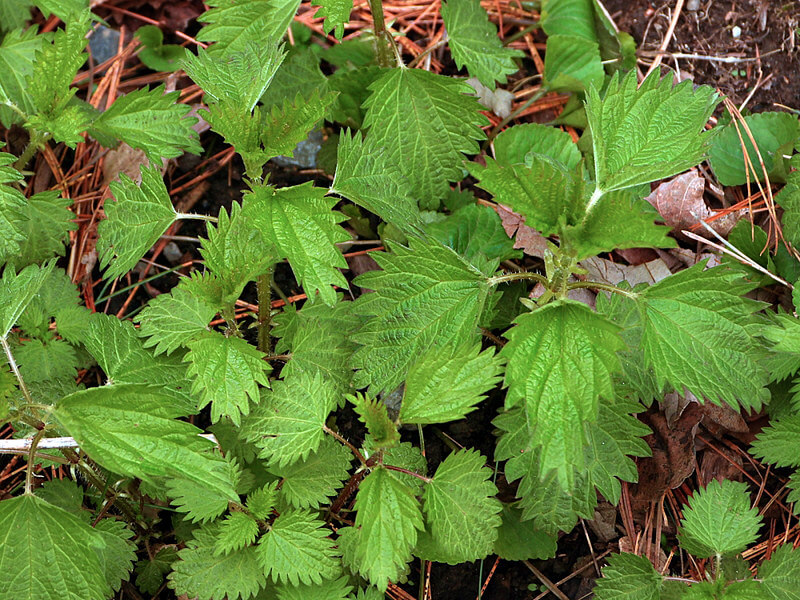
As an Insteading article was recently written on this plant specifically, we won’t go super heavy into this topic.
As a basic introduction, stinging nettle, our common backyard “frenemy” (friend+enemy) that is native to the Americas, is a powerful anti-inflammatory plant. The naturally occurring chemicals stored in the small spines of this plant stimulate anti-inflammatory responses in the body.
Many people apply this plant topically to areas they experience inflammation and joint pain, and reap wonderful benefits from this method of application.
You may also take (or make) supplements to gather similar results. Nettle soups are a common way to enjoy this plant — turns out, it’s also delicious, although a bit sting-y just on its own.


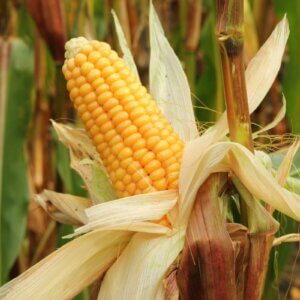



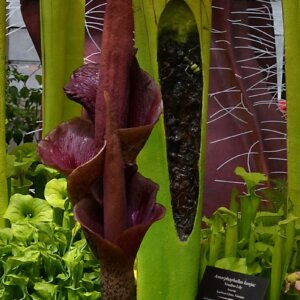



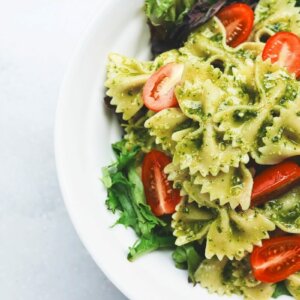


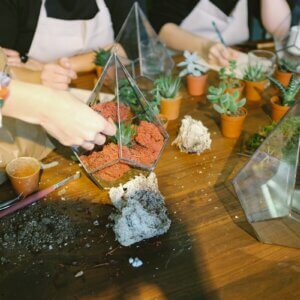

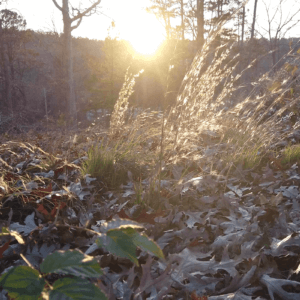





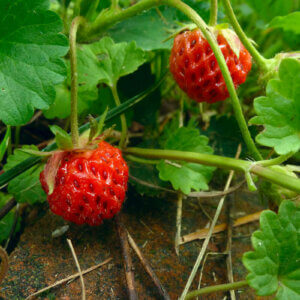
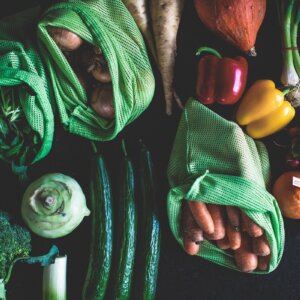



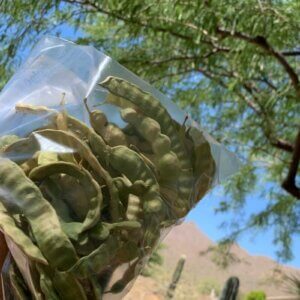




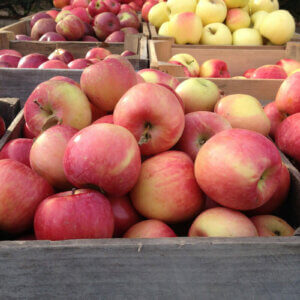
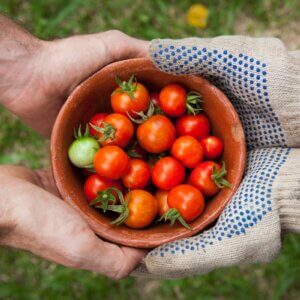


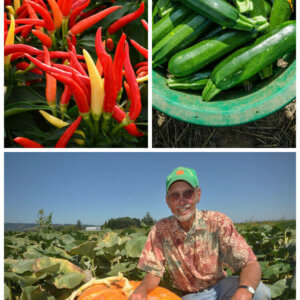

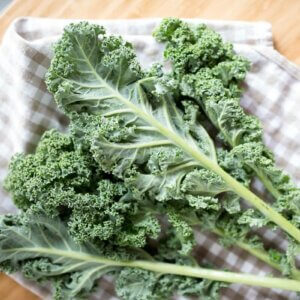



Leave a Reply